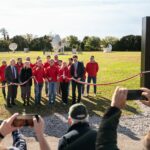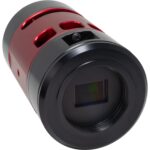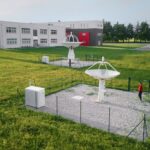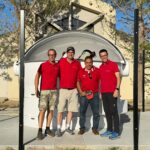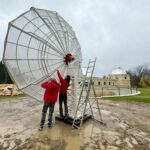
Astrophotography camera for deep-sky: what to choose
Choosing the right astrophotography camera for deep-sky imaging can seem complex at first. In this article, with practical examples, we’ll explore how to select a deep-sky astrophotography camera capable of capturing the faintest details of galaxies, nebulae, and star clusters through long-exposure imaging. These cameras differ from those used for…

